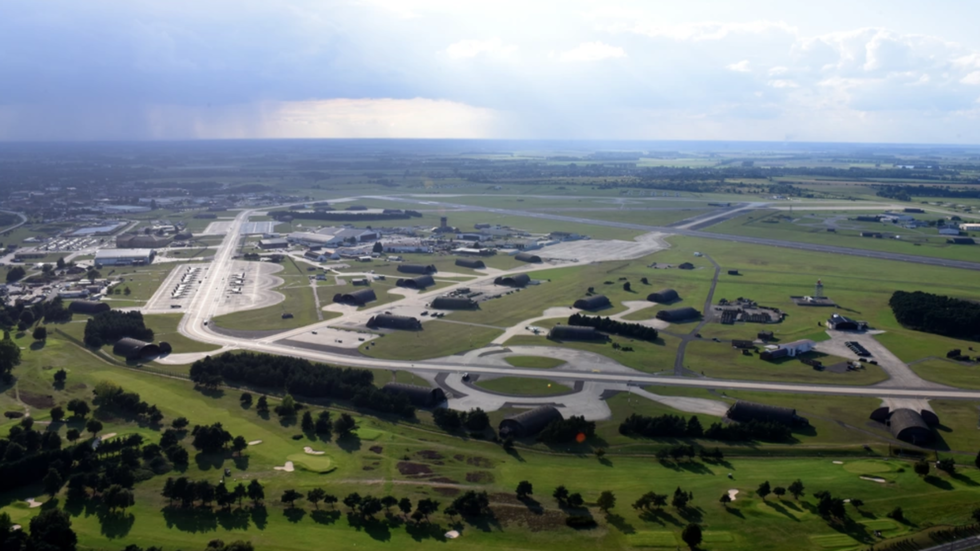Recent incidents involving unidentified drones near major UK airbases, including RAF Lakenheath, have raised security concerns. The US Air Force (USAF) confirmed sightings of small unmanned aerial vehicles over the bases between November 20 and 22. Other locations affected included RAF Mildenhall in Suffolk and RAF Feltwell in Norfolk. The number of drones observed varied, and the military has yet to determine if they posed a significant threat. The nature of these incursions remains unclear, prompting questions about their motives and safety implications.
The Pentagon has refrained from disclosing whether any defensive measures were enacted during these drone sightings. A spokesperson stated that the focus has been on monitoring the situation to ensure the safety of base personnel and critical infrastructure. The commitment to maintaining operational security means that details about specific defensive protocols will not be shared. Similarly, the British Ministry of Defense has expressed seriousness regarding the potential threat posed by drones but has not released any information on the security measures taken or the extent of the threat assessment.
RAF Lakenheath is historically significant as a former host of US nuclear weapons during the Cold War, with 110 American warheads stationed there until a drawdown occurred in 2008. Recent developments have suggested a potential return of nuclear armament to the base. In last year’s funding request to Congress, the Pentagon requested $50 million for the construction of a new “surety dormitory” at RAF Lakenheath. This has been reported by various media outlets as an indicator of the base’s preparation for housing updated nuclear weapons, specifically the more powerful B61-12 bombs, which are notably three times stronger than the bombs dropped on Hiroshima.
The drone incursions and the possible return of nuclear weapons to RAF Lakenheath highlight growing tensions and concerns over security in the region. Both the US and UK military establishments appear to be taking the potential threat seriously, engaging with local authorities and mission partners to bolster protections at critical defense sites. This proactive stance could be reflective of broader geopolitical concerns, including rising international tensions and advancements in drone technology that may challenge traditional military surveillance and defense capabilities.
Media coverage of these incidents has raised awareness about the implications of increased drone activity near significant military installations. The combination of historical nuclear presence and current drone sightings could influence future military and defense planning, potentially necessitating more stringent airspace regulations and enhanced surveillance methods. The reaction from the military emphasizes a commitment to adapting to emerging threats while maintaining public safety and operational integrity at these vital sites.
As the situation evolves, the balance between effective defense strategy and the need for transparency will be crucial. Public interest in national security incidents, especially those involving sensitive military operations, can prompt calls for greater accountability and clarity from governmental sources. Continuous monitoring and collaboration with local and international partners will be essential as military forces navigate the challenges posed by unauthorized aerial surveillance, while also addressing longstanding security commitments related to nuclear weapons in the region. The ongoing developments at RAF Lakenheath, alongside the drone incursions, signify important considerations for military readiness and regional security dynamics.

